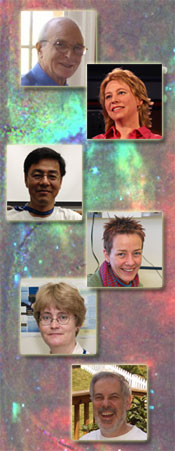Celebrating 50 Years of X-ray Astronomy

Cosmic X-ray astronomy got its start June 18, 1962 on the hot desert sands of southern New Mexico by a small team of scientists working in relative isolation. Launched on a modest Aerobee 150 rocket, the instrument cracked Earth's atmosphere for just 5 minutes 50 seconds and reached an altitude of 140 miles (225 km). The detector was crude by today's standards. Reviewing the data from the pioneering instrument, researchers found just one discrete source, which they named Scorpius X-1, along with a broad, diffuse X-ray glow that would come to be known as the cosmic X-ray background.
While astronomers had previously seen X-rays from the Sun, this was the first detection of X-rays outside our Solar System. X-ray astronomy was born.
In 1963, the first X-ray imaging telescope would fly into space. It was about same length and diameter as the first optical telescope built by Galileo in 1610. The sensitivity of optical telescopes has improved by 100 million times since that first effort. X-ray telescopes have made that same leap in sensitivity in a just 40 years, as demonstrated by the field's current flagship, NASA's Chandra X-ray Observatory.
The history and future of X-ray astronomy is a story best told by its participants, so we asked six scientists to share their memories, impressions and thoughts about a field that couldn't exist before the Space Age. Their views of the past, present and future of X-ray astronomy reveal just how far the field has come in half a century.
We talked with five scientists, just a few of the voices that comprise the many people who make X-ray astronomy possible. Their views of the past, present and future of the field provide a perspective on just how far the field has come in its half century of existence.
Publication Date: June 2012


